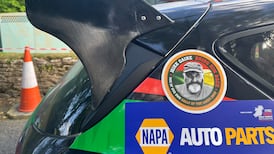The Irish in America are a diverse group. They came across the Atlantic from all backgrounds, for love, employment, opportunity, education, escape, adventure. Statistics can give us the numbers and dates, and sometimes the social and economic factors that drive emigration trends, but only the individual can tell their own story. Only they can tell us how it feels to leave home.
For the past four years, the Irish Studies Programme at Queens College in New York has been interviewing Irish immigrants to hear and share their stories. The oldest interviewee is in his 90s, the youngest in her 20s.
Queens in New York is the most diverse borough in the US, and the Irish have long held a place there. According to Baruch College’s NYC population and geography data for 2016, it is still the most popular destination among Irish immigrants coming to the city. While traditional Irish neighbourhoods like Woodside and Sunnyside have maintained some of their Irish character, they have for the most part been absorbed into the greater multicultural landscape.
► CLICK TO LISTEN: Jane Duffy: 'I arrived unloved, unskilled and ready to take on the world'

“Queens College is embedded amid communities enriched by the lived experience of Irish immigrants,” says Sarah Covington, who initiated the project soon after her appointment as director of Irish Studies at the college in 2013.
“We began this project as a way of preserving the stories of the older and overlooked residents of these ethnic communities on the eve of their vanishing.”
Eileen Colleran Sprague was raised in Woodside to parents who immigrated from Ireland in the 1950s. Sprague had been concerned about the disappearing Irish of her old neighbourhood, so when she heard Covington speak at a public event, she knew she had to get involved, and was soon appointed project director.
Sprague still has many connections in her old neighbourhood, and for her, visiting the elderly residents is a labour of love. She considers it an honor and a privilege to collect their stories.
“Without exception, when I ask for an interview, they always respond, ‘Sure who would want to hear about me?’”
Many of us, it turns out, want to hear about them. We want to hear about the ancient farming rituals still practiced when they were growing up in Ireland, about cottages with no electricity or running water. We want to hear first-hand accounts of homes traumatised by the brutality of the Black and Tans. We want to hear our country’s history come alive through their personal stories.
► CLICK TO LISTEN: Mary Ann O'Sullivan: 'We all got off the train and Tommy played the accordion and John played the flute, and we danced the Caledonian Set on the platform at the Queensboro Plaza'
Fascinated, other Irish studies students began to get involved. They picked up the baton and carried it further afield, collecting stories not only from the older Irish in New York, but multiple generations all across America.
Those who arrived in later decades, from the mid-60s to the late-80s, speak of the struggles of being undocumented, of getting paid under the table, of jobs in construction and childcare, of always looking over their shoulder, and of not being able to go home for family events. Some speak of having to leave Northern Ireland, others of sexual oppression. Many tell of the life-saving networks of support they found in America, and of the unforgettable camaraderie and craic.
Brendan Fay: 'I arrived in the middle of the Aids crisis. I had no sense of a self'
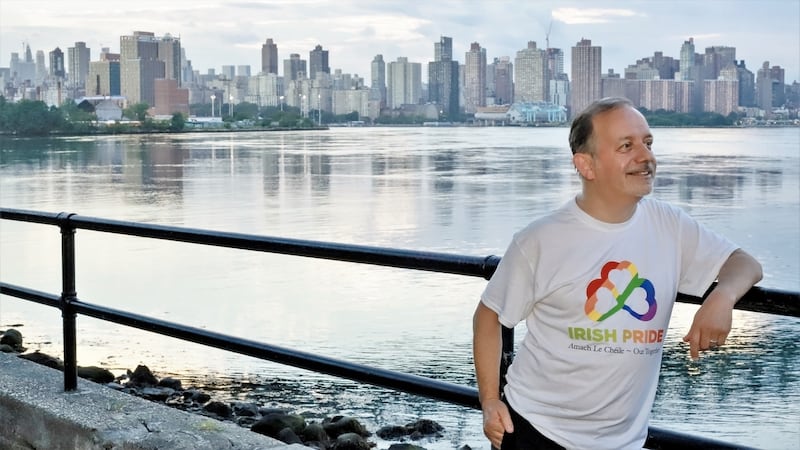
Last April, when traveling back to Ireland for a family event, Covington asked me to interview the very talented blues musician Paddy Smith, who had returned to live in Ireland. The Queens Irish Oral History Project was crossing the ocean for the first time. She forwarded me a YouTube documentary about his life. Smith had gone from performing in the House of Blues in Chicago to living on the streets. I wanted to know that story.
In preparation, I listened to some recordings from the oral history archive, and was blown away. I did not expect to be so affected. I kept asking for more, devouring them like episodes of a favourite podcast.
► CLICK TO LISTEN: Paddy Smith: 'I was definitely running away'
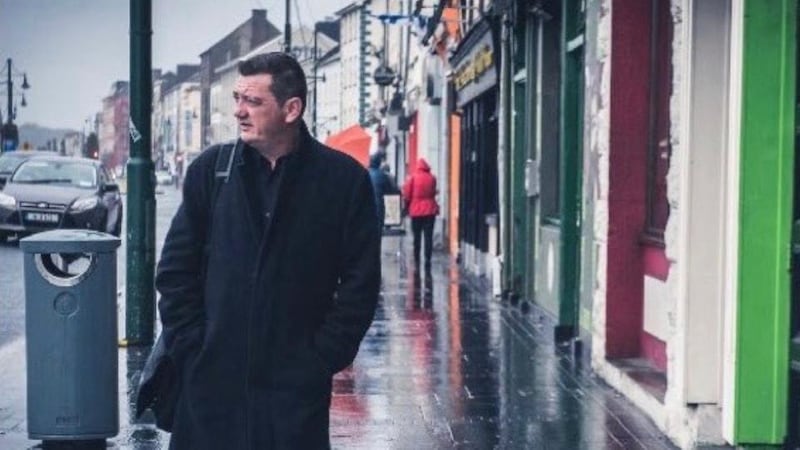
Unlike reading, listening is a somatic experience. I was hearing pieces of my own fragmented story begin to articulate. I was hearing our collective emigration story come to consciousness. I felt a connection to every single speaker, whether they arrived in 1948 or 1988. We all made the same internal journey.
Interviews with fellow 1990s immigrants mirrored something to me. Many of us arrived with our two suitcases and our $500, or $800, or $1,000. All these years later, it has been a relief to learn I was not the only without a plan. I always thought I was lost, but I was never really alone.
► CLICK TO LISTEN: Liam Doherty: 'I did not return to Ireland for 12 years'
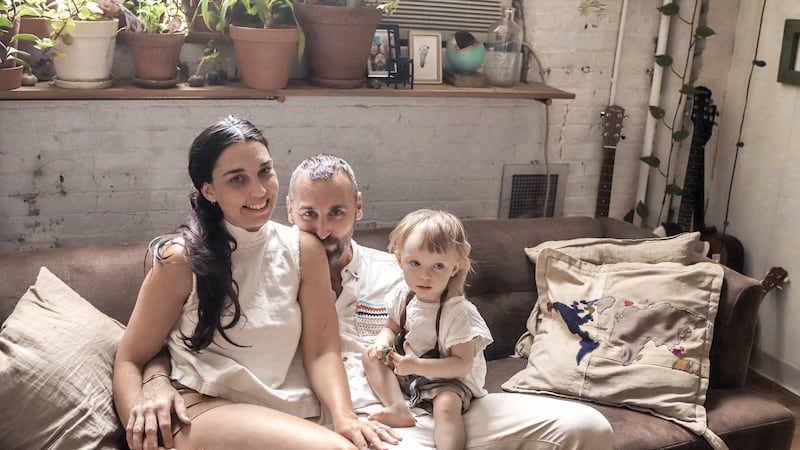
With each generation there are discernible shifts in attitude toward Ireland, toward America, toward citizenship. Many of the interviewees feel connected to other immigrant groups, and to immigrant history. They cannot help but see themselves and their ancestors in the faces of the undocumented crowds in recent times outside the detention center in McAllen, Texas, which has been dubbed the “new Ellis Island” in the New York Times.
My great-uncle George Toner Bradley left Glasgow in 1929 (my father’s side of the family had been forced to emigrate there during the Famine). He arrived in Ellis Island, and disappeared without a trace. What happened to him? Irish Catholics were considered anti-American back then. My grandmother spent her life worrying about what happened to her little brother.
The Swiss psychologist Carl G. Jung said, “To live without knowledge of your ancestors, is to live with a wound.” Surely it is this woundedness, this collective disconnection from our ancestral pasts, that we are living out of in America today.
From earliest times, storytelling has been our connective tissue. Our stories connect us to ourselves and those around us, to those who came before and those yet to come. They connect us to the larger story of life of which we are all a part.
Hannah Whelan: 'Workwise, there’s no better place'
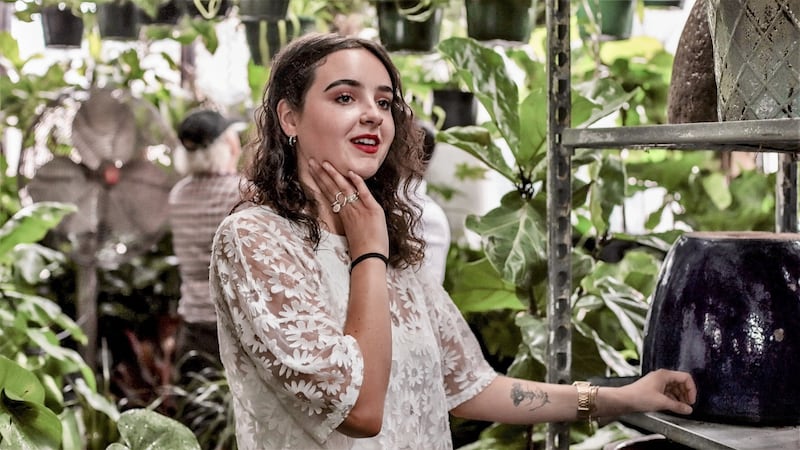
If you are interested in accessing the archive or participating in the Queens Irish Oral History Project, email woodsidehistory@gmail.com. The archive is located at the Queens College Benjamin Rosenthal Library.
A sample of the recordings can be found the Irish Studies website: qcirishstudies.org/oral-histories. Limerick native and Queens College artist-in-residence Niamh O'Brien will be adding new recordings througout the autumn. Inspired by the histories, her band, Hoodman Blind, created the original music that can be heard on some of the recordings. Paddy Smith uses his own music.








